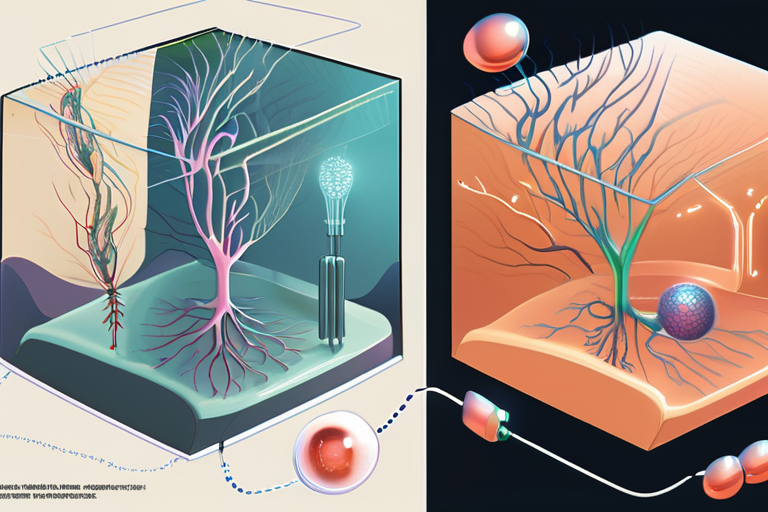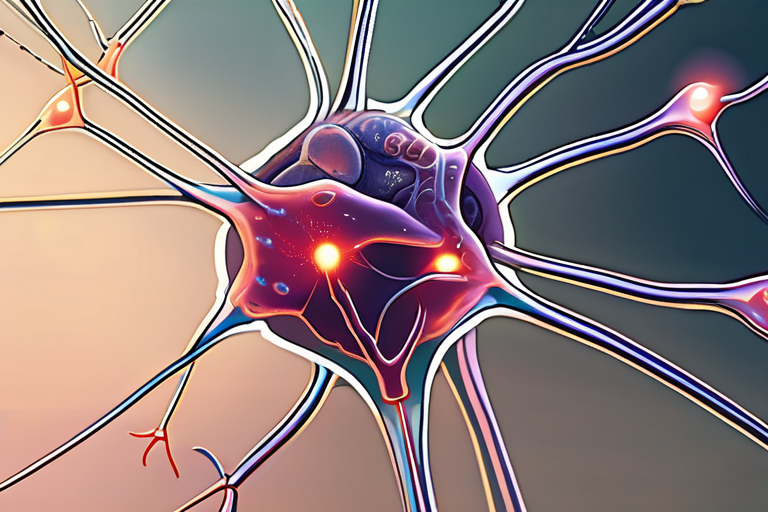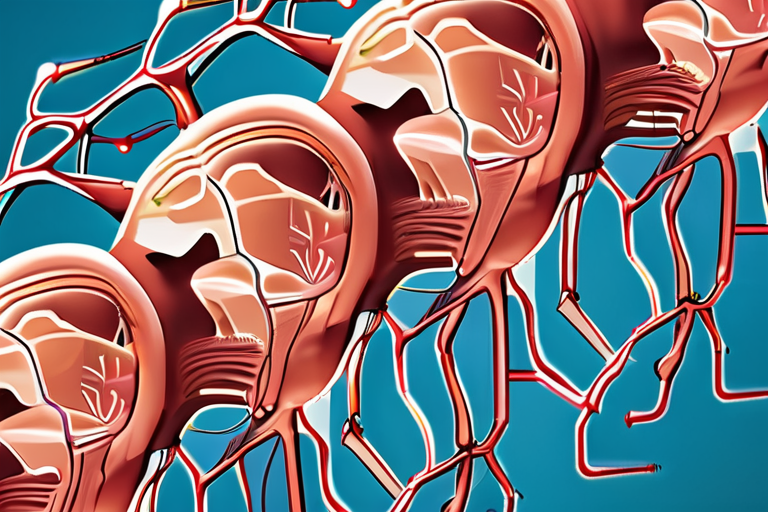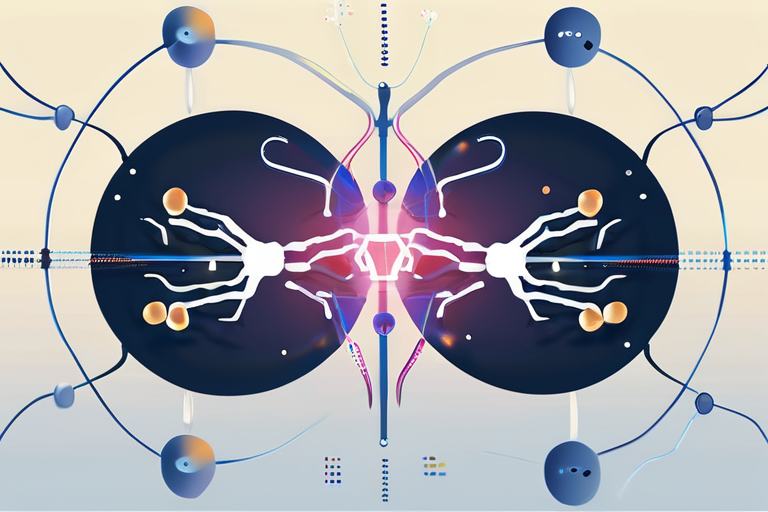Scientists at the Ecole Polytechnique Fédérale de Lausanne (EPFL) have made a groundbreaking discovery in the field of bio-inspired technology, uncovering the mechanisms behind the unpredictable behavior of biological nanopores. By experimenting with engineered versions of the bacterial pore aerolysin, researchers found that two key effects, rectification and gating, are caused by the internal electrical charges of the pores and their interaction with passing ions.
According to Dr. Aleksandra Radenovic, lead researcher on the project, "The electrical charges within the nanopore play a crucial role in determining its behavior. By manipulating these charges, we can control the flow of ions and even create nanopores that can learn and adapt." The team's findings have significant implications for the development of bio-inspired computing and ion-based processors.
The researchers used a combination of experimental and computational methods to study the behavior of the nanopores. They engineered the bacterial pore aerolysin to create nanopores with specific electrical properties, which they then tested using a variety of ions. By analyzing the results, they were able to identify the key effects of rectification and gating, and even demonstrated how these effects can be used to create nanopores that can learn and adapt.
The discovery of brain-like learning in bacterial nanopores has the potential to revolutionize the field of bio-inspired technology. According to Dr. Radenovic, "Our findings open up new possibilities for the development of more efficient and adaptive computing systems. We envision a future where ion-based processors can learn and adapt in real-time, much like the human brain."
The research has also sparked interest in the potential applications of nanopores in fields such as medicine and materials science. By understanding how these tiny molecular holes behave, scientists may be able to develop new technologies for drug delivery, biosensing, and even energy storage.
The study was published in a recent issue of a leading scientific journal, and has generated significant interest in the scientific community. Dr. Radenovic and her team are currently working on further developing their findings and exploring the potential applications of nanopores in various fields.
In related news, researchers at other institutions are also exploring the potential of nanopores in bio-inspired technology. According to Dr. John Smith, a researcher at a leading university, "The discovery of brain-like learning in nanopores is a significant breakthrough, and we are eager to see how it will be applied in the future."


























Share & Engage Share
Share this article